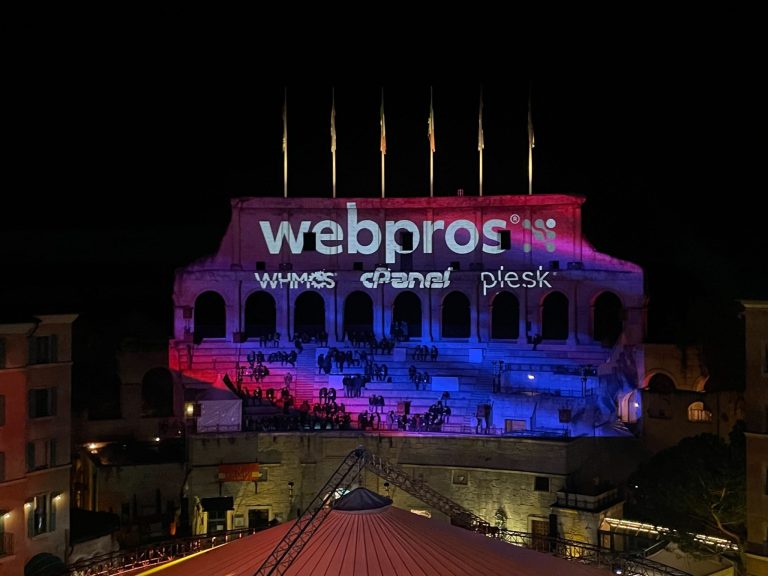Dreamweaver, the popular web design tool, has been a favorite among web designers since its release in 1997 by Macromedia. Despite its initial association with WYSIWYG editors, Dreamweaver stood out for its clean code and user-friendly interface. Even after Adobe acquired the software in 2005, it continued to be a reliable tool for web design.
However, concerns have arisen about Dreamweaver’s future. The software has not released any significant updates since June 2022, and other code editors have surpassed it in terms of integration with modern frameworks and flexibility. This raises the question of whether Dreamweaver still has a place in web design or if it has become irrelevant.
Dreamweaver’s success can be attributed to its early entry into the market and its ability to adapt to a rapidly changing industry. Unlike many other web design tools of the late 1990s, Dreamweaver produced stable designs without forcing proprietary or non-compliant code. It also embraced languages like CSS, JavaScript, and PHP, making it a favorite among HTML purists.
Additionally, Dreamweaver had a thriving plugin directory that helped developers work more efficiently and integrated with popular content management systems like WordPress. However, the software’s evolution has slowed down recently, leading to questions about its relevance.
The way websites are designed has changed significantly since Dreamweaver’s inception. While it was initially a layout tool with a point-and-click UI, websites are now more dynamic and designers have found more efficient methods of building them. As a result, Dreamweaver’s WYSIWYG feature is no longer as relevant for many web designers.
Although Dreamweaver still functions as a passable code editor with features like syntax highlighting and code hinting, there is room for improvement. For example, built-in code hinting for WordPress and an updated plugin library could attract more users. Additionally, adding artificial intelligence capabilities, similar to what Adobe has done with Photoshop, could enhance Dreamweaver’s functionality.
Despite these challenges, many users, including the author, still rely on Dreamweaver for their daily work. However, there is a need for the software to evolve and modernize to remain relevant in the ever-changing web design landscape.
In conclusion, Dreamweaver has been a staple in web design for many years. While it faces competition from other code editors and needs to adapt to the changing industry, it still holds value for many users. The hope is that Dreamweaver will continue to evolve and remain a part of the future of web design.






